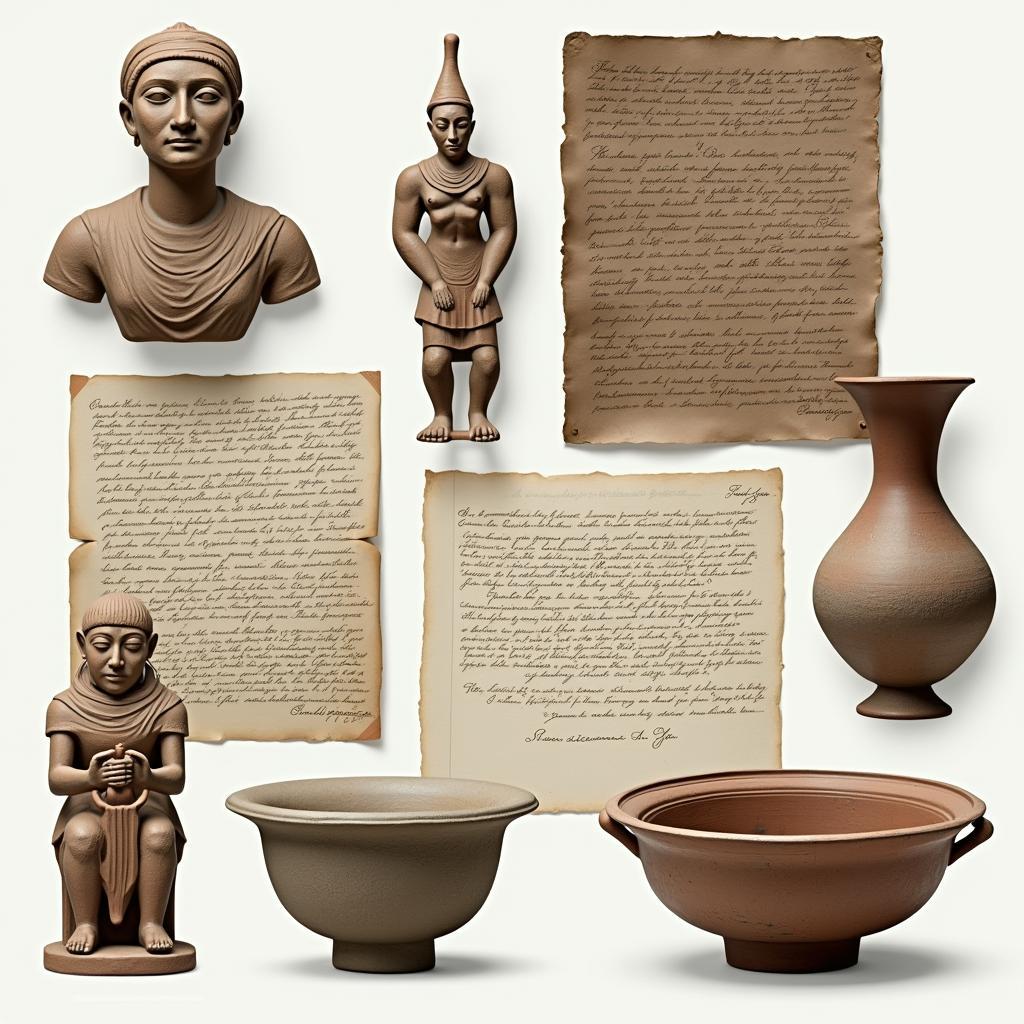The IELTS Reading section often presents topics that are both relevant and thought-provoking, making it essential to be well-versed in a variety of subjects. One such timely topic is “Cultural Heritage and Digital Transformation.” This theme explores the relationship between preserving cultural heritage and leveraging digital technologies. With the increasing frequency of such topics in recent exams, it is highly likely that this subject may appear in future tests. In this article, we will provide a comprehensive reading passage on this topic, followed by a set of practice questions and detailed answers to help you prepare.
Nội dung bài viết
- Reading Passage
- Cultural Heritage and Digital Transformation
- Practice Questions
- Identifying Information (True/False/Not Given)
- Matching Information
- Sentence Completion
- Answer Key
- Identifying Information (True/False/Not Given)
- Matching Information
- Sentence Completion
- Common Mistakes
- Vocabulary
- Grammar Focus
- The Use of Passive Voice
- Tips for IELTS Reading
Reading Passage
Cultural Heritage and Digital Transformation
The dynamic intersection of cultural heritage and digital transformation has become a crucial area of study in recent years. With the advent of cutting-edge technologies, the preservation and dissemination of cultural heritage have seen significant advancements. Digital platforms and tools are helping to protect and showcase cultural artifacts, traditions, and knowledge in ways previously unimaginable.
One of the foremost advantages of digital transformation in cultural heritage is the democratization of access. Digital archives, virtual museums, and online exhibitions enable individuals worldwide to engage with cultural artifacts from the comfort of their homes. This global reach ensures that cultural heritage is not confined to geographical or financial boundaries.

Digital tools also play a pivotal role in preserving cultural heritage. Technologies such as 3D scanning, virtual reality (VR), and augmented reality (AR) facilitate the meticulous documentation and reconstruction of historical sites and artifacts. For instance, the use of 3D scanning has allowed researchers to create detailed digital replicas of ancient structures, ensuring that even if the physical sites are damaged or destroyed, their digital counterparts remain intact.
Moreover, digital transformation fosters interdisciplinary collaboration, allowing experts from different fields to work together seamlessly. Historians, archaeologists, and technologists can now share data and insights through integrated platforms, leading to more comprehensive and innovative approaches to preserving cultural heritage.
However, the integration of digital technologies in cultural heritage preservation is not without challenges. Issues such as digital obsolescence, data security, and the digital divide pose significant hurdles. Ensuring the longevity and accessibility of digital archives requires continuous updates and maintenance. Protecting these digital assets from cyber threats is also paramount.
Despite these challenges, the benefits of digital transformation in cultural heritage are profound. As technology evolves, so too will the methods and strategies for preserving and celebrating the rich tapestries of human history.
Practice Questions
Identifying Information (True/False/Not Given)
- Digital tools have only made it easier to access cultural heritage artifacts locally.
- Virtual reality is used to document and reconstruct historical sites.
- Digital transformation in cultural heritage has eliminated all geographical boundaries for accessing cultural artifacts.
- Cyber threats are one of the challenges faced in digital transformation.
Matching Information
Match the following digital tools with their described uses in the text:
A. 3D scanning
B. Virtual reality (VR)
C. Augmented reality (AR)
- Allows for detailed digital replicas of ancient structures.
- Enhances documentation and reconstruction of historical sites.
- Used in digital archives and online exhibitions to provide access globally.
Sentence Completion
Complete the sentences below using words from the text.
8. Digital transformation enables ____ of access to cultural heritage through online platforms.
9. Interdisciplinary collaboration helps experts share ____ seamlessly.
10. Protecting digital archives from ___ is a significant challenge.
Answer Key
Identifying Information (True/False/Not Given)
- False – The passage states that digital tools enable global access.
- True – Mentioned in the text with virtual reality (VR).
- Not Given – The passage discusses the global reach but does not claim the complete elimination of geographical boundaries.
- True – Cyber threats are listed as a challenge.
Matching Information
- A – 3D scanning
- B – Virtual reality (VR)
- C – Augmented reality (AR)
Sentence Completion
- democratization
- data and insights
- cyber threats
Common Mistakes
- Misreading Information: Carefully read each sentence to ensure understanding before answering. Avoid assuming based on general knowledge.
- Confusing Similar Terms: Terms like VR and AR are similar but have specific uses. Pay close attention to their definitions and descriptions.
- Incomplete Answers: For sentence completion, ensure the word fits grammatically and contextually in the sentence.
Vocabulary
- Democratization (noun) /dɪˌmɒkrətaɪˈzeɪʃən/: The process of making something accessible to everyone.
- Obsolescence (noun) /ˌɒbsəˈlɛsns/: The state of no longer being used or needed, usually due to being replaced by something newer.
- Interdisciplinary (adjective) /ˌɪntərdɪsəˈplɪnəri/: Involving two or more academic, scientific, or artistic disciplines.
Grammar Focus
The Use of Passive Voice
- Definition: The passive voice emphasizes the action and the recipient rather than the doer.
- Example: “The physical artifacts are preserved digitally.”
Tips for IELTS Reading
- Practice Different Question Types: Familiarize yourself with all types, including True/False/Not Given, Matching, and Sentence Completion.
- Time Management: Allocate your time wisely; don’t spend too long on one passage or question.
- Skim and Scan: Develop skills to quickly locate information without reading every word.
With persistent practice and a strategic approach, mastering the IELTS Reading section is entirely attainable. Good luck!